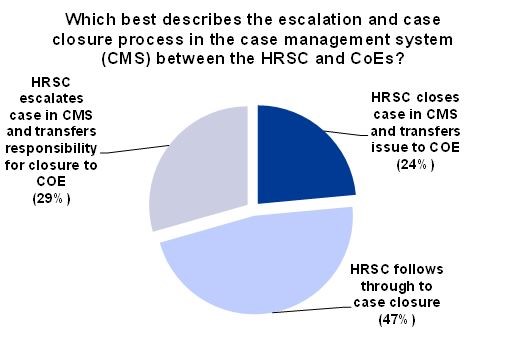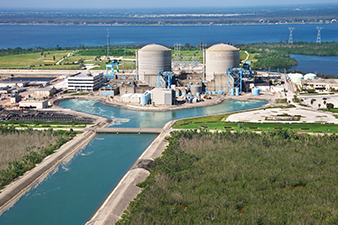
Have you ever wondered how the HR service center (HRSC) interacts with the Centers of Expertise (CoEs) in other companies? Shared services literature and consultants will advise that in a best practice HR service delivery model, the CoEs and the HRSC stay closely in sync with the development, execution, and support of HR programs and processes. But what happens in real life? How do the channels work effectively together?
The primary roles of the CoE in HR service delivery include program ownership, policy and process development and oversight, and vendor management. The HRSC is primarily responsible for executing established policies and processes, escalating complex issues to the CoE for assistance with resolution. The HRSC provides support to employees, managers, and HR professionals through a service center organization using case management. It is clear that these two entities are inter-dependent to achieve programmatic success; however, there can be logistical and performance-related bumps along the road that can derail the relationship. How do today’s successful companies make it work?

The Real Deal
Using ScottMadden’s proprietary HR service delivery data, we explored the “real” working relationship between the HRSC and the CoEs.

Only 41 percent of our sample CoE population has actionable and accountable service level agreements (SLAs) with the HRSCs. Effective service delivery is a two-way street. If you recall the old adage “garbage in, garbage out”, this often rings true with the information that is delivered to an HRSC. It is critical that the CoEs establish accountability for their components of a process to ensure information is accurate, delivered in a timely fashion, and viewed as part of an end-to-end service that is provided to the ultimate customer.

For the 24 percent of the sample organizations where the HRSC or the CoE is not leveraging the case management system to track cases through to closure, there is a risk that service is not delivered within the expected timeframe, or in some cases, at all, ultimately causing the customer to suffer. Without a structured mechanism for tracking the case, documenting the actions taken or the response provided to the customer, and monitoring overall service delivery, the organization is missing an opportunity to maximize the HRSC and CoE relationship, and therefore, the shared services model.

Occasionally, system constraints do not provide the option for CoEs to manage their own content; however, 76 percent of our sample companies ensure that CoEs are accountable for their content in the HRSC knowledgebase.
Best Practices
- Establish SLAs between each CoE and the HRSC with joint accountabilities
- Conduct routine meetings between CoE and HRSC management to discuss operations and performance against set SLAs
- Share service delivery metrics to inform policy and process decisions
- Involve subject matter experts from both channels in coordinated, continuous process improvement efforts
- Design and execute a clear process for knowledgebase content management, whereby the CoE owns the content and the HRSC is accountable for delivery of accurate information
To learn more about the relationship between CoEs and the HRSC, please contact us.

















































































